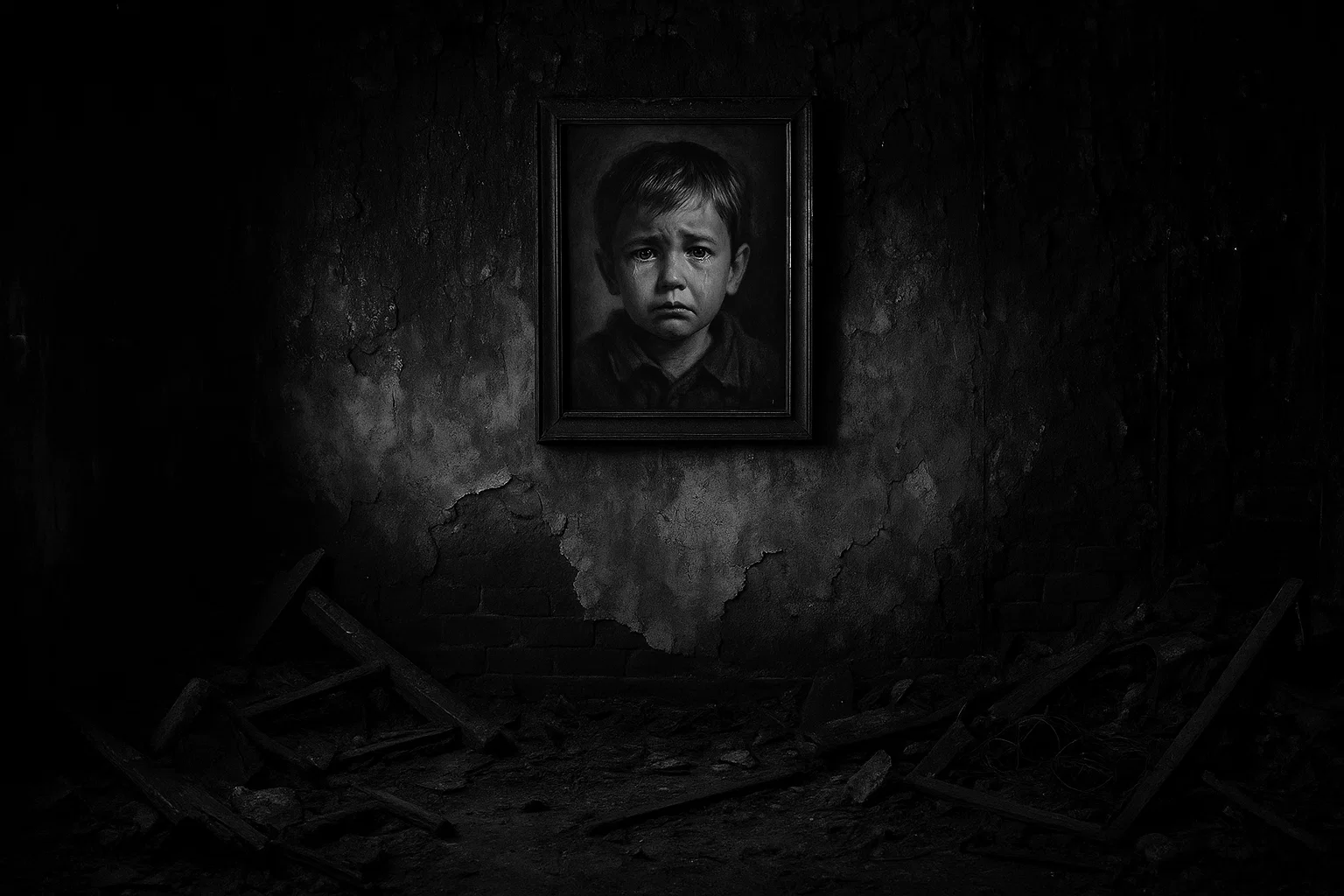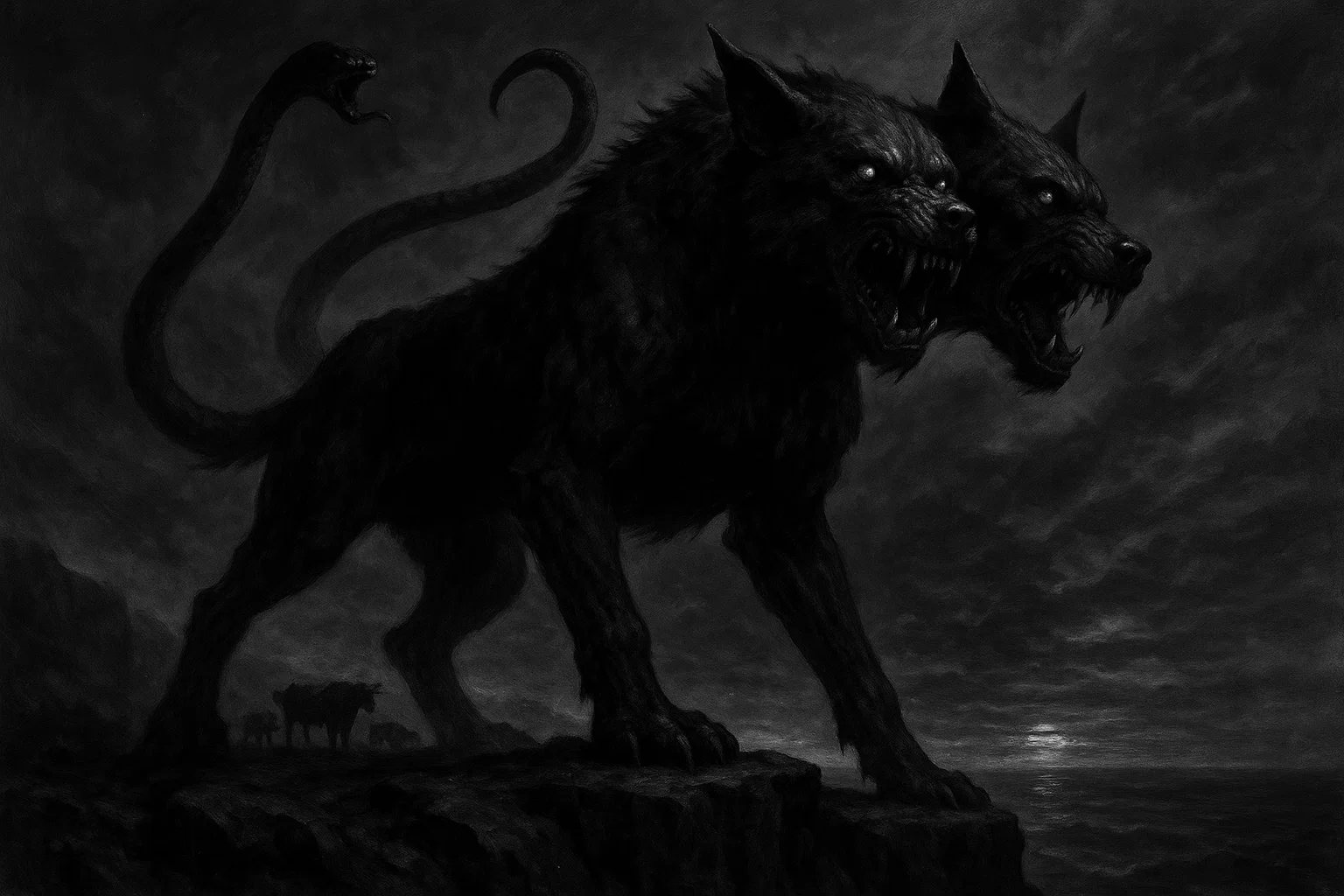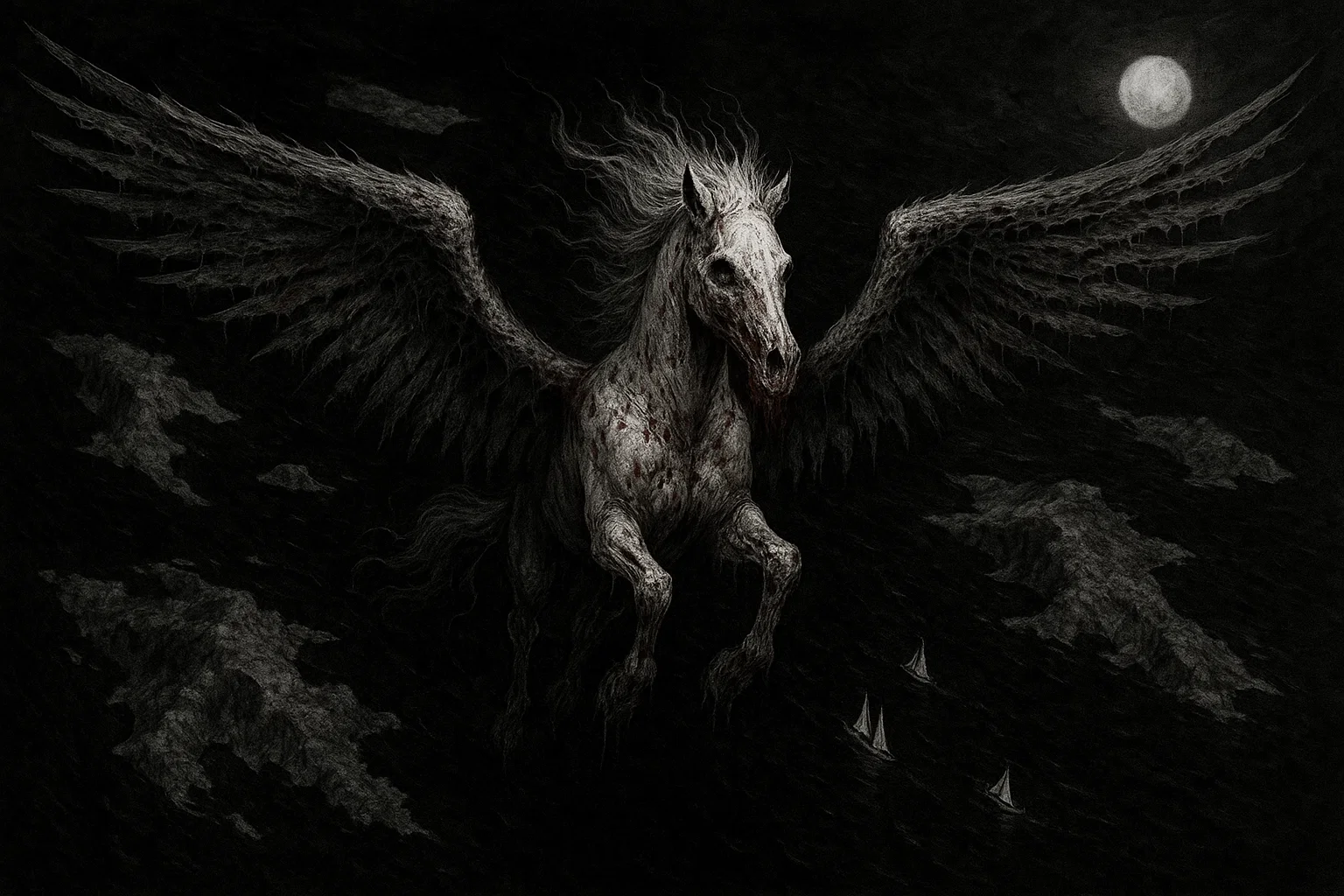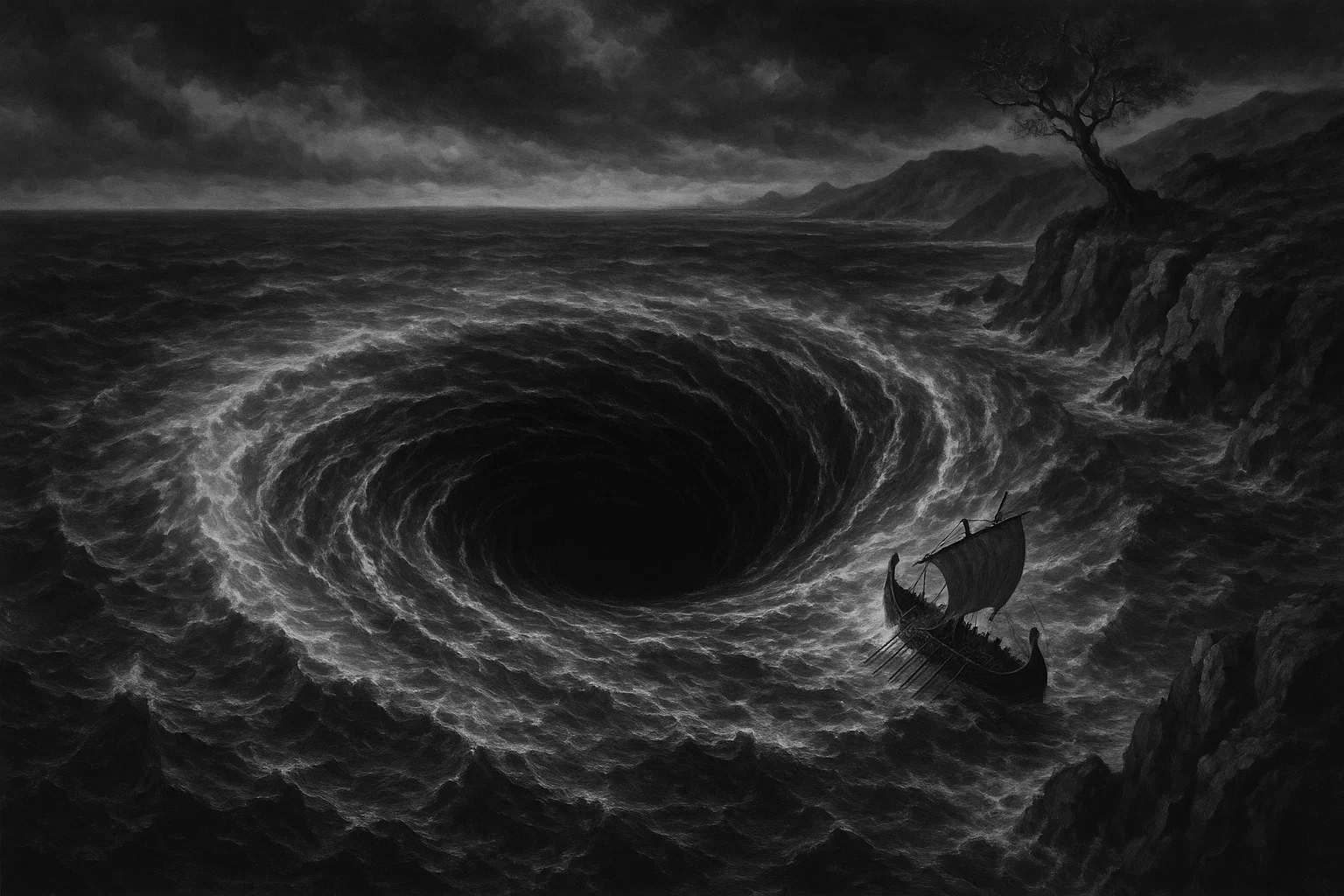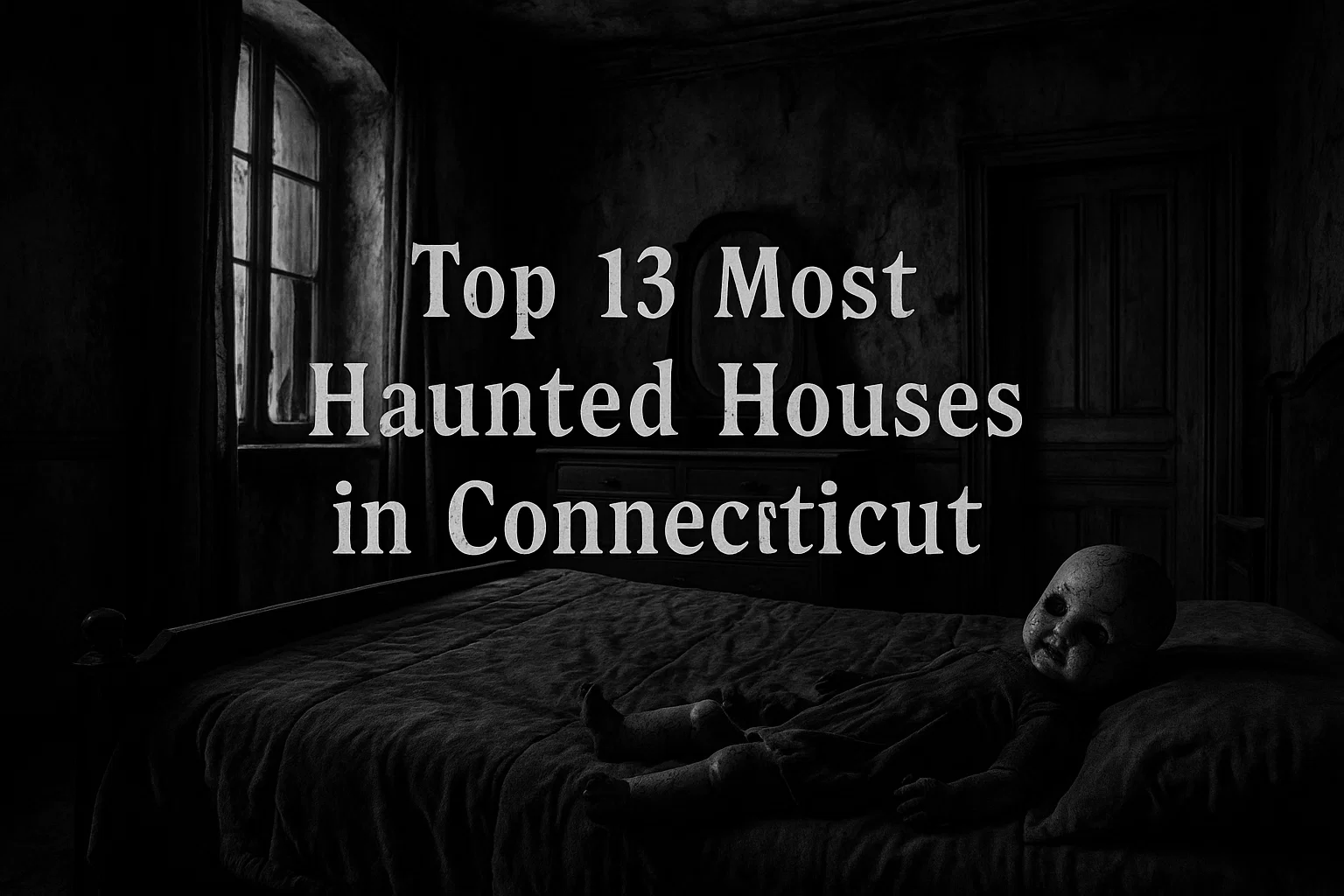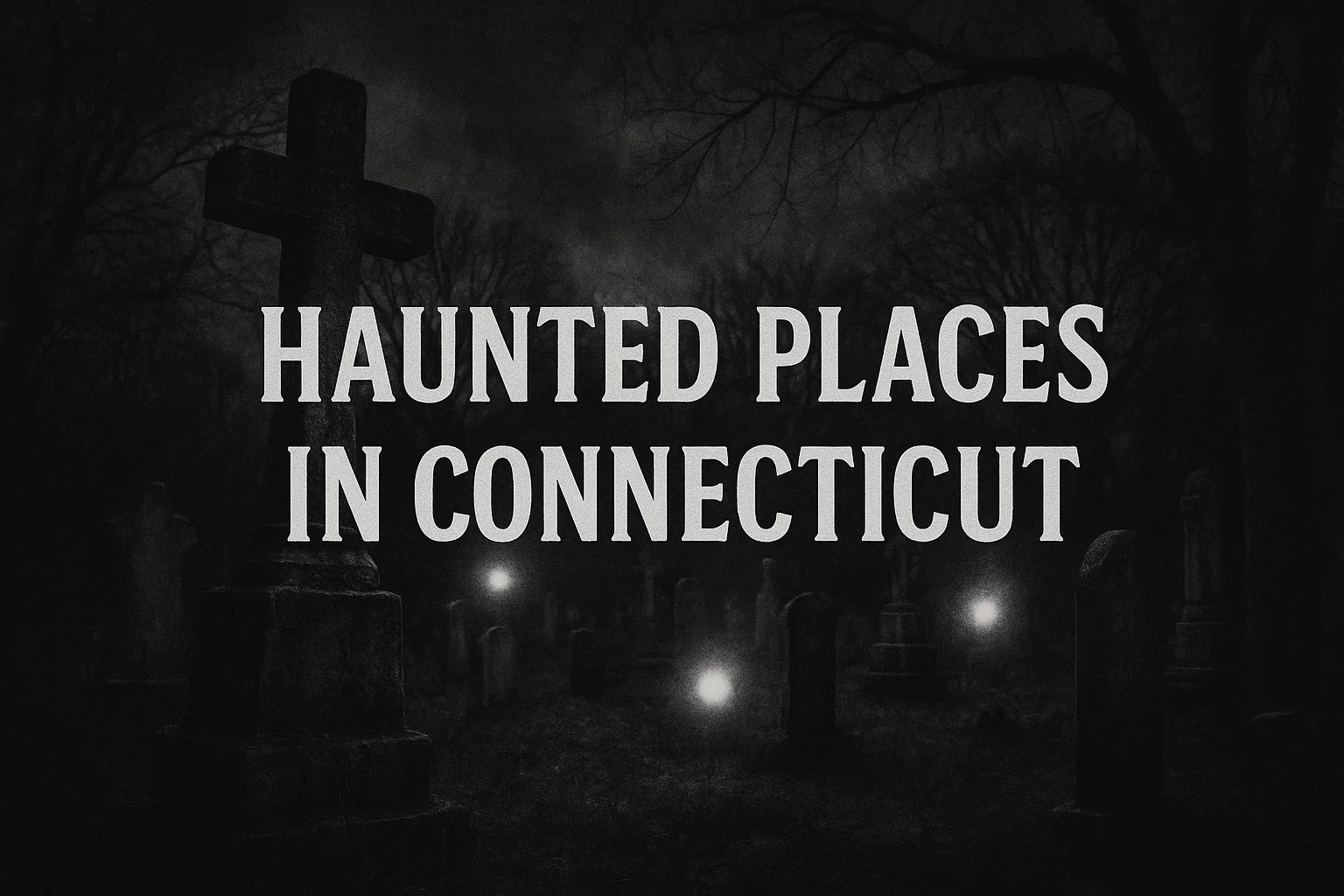The Crying Boy painting curse is a chilling urban legend that gripped the United Kingdom in the 1980s. This mass-produced artwork, depicting a sorrowful child with tears streaming down his face, became infamous when homeowners claimed it survived devastating fires unscathed.
Tales of tragedy, misfortune, and supernatural occurrences linked to the painting sparked widespread fear, branding it as a cursed object.
From bizarre accidents to inexplicable survivals, the Crying Boy legend weaves a tale of mystery and dread.
Summary
The Crying Boy Haunted History
The Crying Boy painting emerged in the 1950s, created by Italian artist Giovanni Bragolin, whose real name was Bruno Amarillo (1911–1981). Using a pseudonym, he painted a series of tearful children, capturing the raw emotion of poverty-stricken youth.
These artworks were mass-produced as prints, with over 50,000 copies sold across the UK, adorning homes, pubs, and businesses. The image of a weeping boy, with his mournful eyes and delicate features, resonated deeply, but its popularity soon turned sinister.
The legend began on September 4, 1985, when a British tabloid reported a chilling story from Rotherham, South Yorkshire. Ron and May Hall lost their home to a fire sparked by a frying pan. Amid the ashes, their Crying Boy print stood untouched, its colors vibrant against the charred ruins.
Peter Hall, Ron’s brother and a firefighter, revealed this wasn’t unique—he had seen dozens of fires where the painting survived, often found face-down, spared from flames. This report unleashed a wave of panic, with hundreds of readers sharing tales of fires, deaths, and misfortunes tied to the painting.
The dark history deepened with unverified stories about the painting’s origins. A popular but debunked tale claimed the boy was Don Bonillo, an orphan dubbed “The Devil Child.”
Allegedly, after Bragolin painted him, his studio burned down, and Don perished in a fiery car crash at age 19. This story, spread in 2000 by author Tom Slemen, added a tragic layer, suggesting the boy’s spirit haunted the artwork, bringing destruction wherever it hung. Researchers later found no evidence of Don Bonillo, labeling it a myth, but the tale fueled the curse’s mystique.
Other tragedies amplified the legend. In November 1985, a woman in Leeds claimed her family suffered multiple deaths after failing to destroy their painting.
In Forest Hill, London, Mrs. Woodward linked the artwork to fatal fires that killed relatives. A Weston-Super-Mare man, William Armitage, died in a 1985 blaze, with the painting found intact beside his body.
These incidents, coupled with reports of bizarre accidents—like objects falling inexplicably or sudden illnesses—painted a grim picture. The painting’s ability to survive infernos, often hanging in homes that suffered suicides, murders, or unexplained tragedies, suggested a malevolent force. By late 1985, mass bonfires were held to destroy the prints, as owners feared keeping them.
The Crying Boy became a symbol of dread, its tearful image evoking not just sympathy but terror. The combination of real tragedies and media sensationalism created a perfect storm, cementing its place as one of the most notorious cursed objects in modern folklore.
The Crying Boy Curse Manifestations
The Crying Boy painting curse thrives on firsthand accounts of fires, misfortunes, and paranormal activity:
| Date | Location | Owner/Location | Incident Description |
|---|---|---|---|
| Early 1985 | Rotherham, South Yorkshire | Ron and May Hall | Frying pan fire destroyed home |
| August 1985 | Mitcham, Surrey | Dora Mann | Attic fire, all other artworks destroyed |
| 1985 | Kilburn, North Yorkshire | Sandra Kaske | Multiple fires after acquiring painting |
| 1985 | Nottingham | Unnamed family | House fire, painting blamed |
| 1985 | Rotherham, South Yorkshire | Unnamed (council house) | Fire, Zinkeisen version survived |
| 1985 | Great Yarmouth | Unnamed (restaurant) | Italian restaurant fire |
| October 21, 1985 | Great Yarmouth, Norfolk | Parillo Pizza Palace | Electrical fire destroyed restaurant |
| October 24, 1985 | Herringthorpe, South Yorkshire | Godper family | Home fire, painting survived |
| October 25, 1985 | Heswall, Merseyside | Amos family | Gas explosion, two paintings survived |
| November 1985 | Leeds | Unnamed woman | Family deaths linked to painting |
| November 1985 | Forest Hill, London | Mrs. Woodward | Multiple family deaths in fires |
| November 12, 1985 | Church Down, Gloucestershire | Malcolm Vaughan | Neighbor’s painting destroyed, own home burned |
| December 1985 | Weston-Super-Mare, Avon | William Armitage | Fatal fire, painting found near body |
| 1990 | Rotherham, South Yorkshire | Stan Jones | First of three fires, painting survived |
| 1998 | Rotherham, South Yorkshire | Stan Jones | Second fire, painting survived |
| 2002 | Wigan, Lancashire | Eddie and Marian Brockley | Transport café fire |
| July 7, 2007 | Rotherham, South Yorkshire | Stan Jones | Third fire, painting survived |
Note: No verified incidents have been reported since 2007. The lack of recent cases suggests the phenomenon may have been tied to 1980s media hype.
Ron and May Hall, September 4, 1985
Location: Rotherham, South Yorkshire
Incident: A fire erupted in the Halls’ home when a frying pan caught fire in the kitchen.
Details: Ron Hall, a factory worker, and his wife May, a homemaker, watched their modest home burn to the ground. The blaze destroyed furniture, photos, and belongings, leaving only ashes. Yet, their Crying Boy print, hung in the living room, was found untouched, its frame intact and colors pristine.
Peter Hall, Ron’s brother and a local firefighter, noted the painting’s survival was eerie, claiming he had seen it in at least 50 similar fires, often lying face-down, shielded from flames. The story, published on September 4, 1985, sparked the curse legend, prompting readers to report their own experiences.
Outcome: The painting’s survival led to nationwide panic, with owners fearing their copies were cursed.
Dora Mann, August 1985
Location: Mitcham, Surrey
Incident: Dora Mann’s home was gutted by a fire six months after she bought a Crying Boy print.
Details: Dora Mann, a 45-year-old shop assistant, purchased the painting at a local market, drawn to its emotional imagery. In August 1985, a fire started in her attic, possibly from faulty wiring, and spread rapidly.
Every artwork in her home—landscapes, family portraits—was destroyed, except the Crying Boy, found hanging perfectly on a charred wall. Dora, shaken, told reporters, “It was like the painting mocked the fire.” Her story added weight to the growing legend, as it mirrored the Halls’ experience.
Outcome: Dora disposed of the painting, fearing it brought bad luck.
Parillo Pizza Palace, October 21, 1985
Location: Great Yarmouth, Norfolk
Incident: A fire razed the Parillo Pizza Palace, a popular local restaurant.
Details: The blaze, suspected to be electrical, started late at night on October 21, 1985, destroying tables, decor, and kitchen equipment. Owner Antonio Parillo, 52, discovered the Crying Boy print, which hung in the dining area, completely unscathed amidst the rubble.
Firefighters noted its odd preservation, as nearby frames were reduced to ash. Antonio, superstitious, believed the painting caused the fire, as business had declined since its purchase. The incident suggested the curse affected commercial spaces, not just homes.
Outcome: The painting was removed and reportedly destroyed by Antonio.
Amos Family, October 25, 1985
Location: Heswall, Merseyside
Incident: A gas explosion demolished the Amos family’s home.
Details: George Amos, 60, and his wife Eleanor, 58, lived in a quiet suburb with their two Crying Boy prints—one in the living room, another in the dining room.
On October 25, 1985, a gas leak triggered an explosion, leveling their home. Both prints survived, found amid debris, their frames slightly scorched but images intact.
Eleanor, who escaped with minor injuries, described an eerie feeling, as if the paintings “watched” the chaos. The incident, widely reported, suggested the curse could affect multiple copies in one location.
Outcome: The Amos family discarded both paintings, refusing to keep them.
William Armitage, December 1985
Location: Weston-Super-Mare, Avon
Incident: A fire claimed the life of 67-year-old William Armitage.
Details: William, a retired carpenter, lived alone with a Crying Boy print in his bedroom. In December 1985, a fire of unknown origin swept through his home.
Firefighters found William’s body near the painting, which was eerily undamaged, lying face-down on the floor. Neighbors reported William had complained of strange noises and a sense of unease since acquiring the artwork. The tragedy linked the curse to death, intensifying public fear.
Outcome: The painting was taken by authorities and later destroyed.
Stan Jones, July 7, 2007
Location: Rotherham, South Yorkshire
Incident: Stan Jones suffered his third house fire since owning a Crying Boy print.
Details: Stan, a 62-year-old mechanic, and his partner Lisa Carter, 40, had endured two previous fires in 1990 and 1998, both times escaping narrowly. On July 7, 2007, another blaze gutted their home, starting in the garage.
Each time, the Crying Boy print, hung in their hallway, survived without a mark. Stan described feeling “haunted” by the painting, noting strange occurrences like flickering lights and cold spots. The repeated fires convinced him the artwork was cursed.
Outcome: Stan kept the painting, fearing its destruction might worsen his luck.
Why Did the Crying Boy Painting Survive Fires?
The Crying Boy painting curse has sparked debate between paranormal believers and skeptics. Below, we explore specific theories, both supernatural and logical, to explain the phenomenon, detailing why each fits or falls short.
Paranormal Perspectives
Don Bonillo’s Vengeful Spirit
Theory: The painting depicts Don Bonillo, an orphan whose tragic life and death in a car crash imbued the artwork with his restless spirit. This spirit allegedly causes fires and misfortunes.
Why It Fits: The story of a tormented child aligns with the painting’s emotional imagery, resonating with tales of haunted objects. The repeated survival in fires suggests a supernatural force protecting the artwork.
Why It Doesn’t: No evidence supports Don Bonillo’s existence. Researchers found no records of the boy or the alleged studio fire, suggesting the story is a myth created to explain the phenomenon.
Artist’s Malevolent Intent
Theory: Giovanni Bragolin may have infused the painting with negative energy, perhaps due to personal struggles or occult practices, cursing it to bring harm.
Why It Fits: The artist’s pseudonym and mysterious background fuel speculation of hidden motives. The painting’s widespread impact suggests something beyond coincidence.
Why It Doesn’t: No documentation links Bragolin to occult practices. His other works, also mass-produced, lack similar curse reports, weakening this theory.
Demonic Attachment
Theory: The painting attracts demonic entities drawn to the image of a suffering child, causing destruction in homes where it hangs.
Why It Fits: The consistent pattern of fires and tragedies aligns with tales of demonic influence in cursed objects. Owners’ reports of unease and strange noises support this idea.
Why It Doesn’t: No physical evidence of demonic activity exists. Psychological factors, like fear of the painting, could explain reported sensations.
Psychic Imprint of Tragedy
Theory: The painting carries a psychic imprint from intense emotions or events, possibly tied to the boy’s suffering or the artist’s state during creation, affecting owners negatively.
Why It Fits: The concept of objects retaining emotional energy is common in paranormal lore. The painting’s survival in fires could reflect this energy’s protective nature.
Why It Doesn’t: Psychic imprints lack scientific backing. The painting’s mass production makes it unlikely that each copy carries such energy.
Rational Perspectives
Fire-Retardant Varnish
Theory: The prints were coated with fire-retardant varnish, a chemical treatment that protected them from flames, explaining their survival.
Why It Fits: Tests confirmed the varnish’s presence, and it aligns with the paintings’ consistent survival in fires. This is a verifiable, physical explanation.
Why It Doesn’t: Varnish doesn’t explain non-fire misfortunes, like deaths or accidents, reported by owners, though these may be coincidental.
Physical Positioning in Fires
Theory: The paintings often fell face-down during fires, protecting them from heat and flames, as their strings burned first.
Why It Fits: Fire dynamics support this idea, as lightweight prints could fall early in a blaze. Many accounts describe paintings found on the floor, face-down.
Why It Doesn’t: Not all paintings were found face-down, and some survived while still hanging, challenging this explanation’s universality.
Coincidence and Statistical Probability
Theory: With over 50,000 prints in circulation, some surviving fires is statistically likely. Only cases involving the painting were reported, creating a biased narrative.
Why It Fits: Large numbers increase the chance of coincidences. Unreported cases where paintings burned would balance the data.
Why It Doesn’t: The sheer volume of similar reports, especially in 1985, suggests a pattern beyond random chance, though media amplification may exaggerate this.
Media-Driven Hysteria
Theory: Sensationalist reporting in the 1980s created a mass hysteria effect, where owners attributed unrelated misfortunes to the painting, reinforced by bonfire campaigns.
Why It Fits: The timing of reports aligns with media coverage peaks. Public fear and suggestion could amplify perceptions of a curse.
Why It Doesn’t: Some incidents, like William Armitage’s death, occurred independently of media coverage, suggesting genuine anomalies.
The Crying Boy vs Other Cursed Paintings
The Crying Boy painting is one of many artworks linked to supernatural phenomena. Below, we compare it to other cursed paintings:
| Painting Title | Artist | Nature of Curse | Reported Incidents |
|---|---|---|---|
| Portrait of Dona Isabel de Porcel | El Greco | Brings bad luck, linked to deaths | Owners faced financial ruin, mysterious deaths |
| The Hands Resist Him | Bill Stoneham | Figures move, haunt owners | Owners report figures leaving frame, nightmares |
| The Anguished Man | Unknown | Painted with blood, tied to suicide | Screams heard, artist’s suicide, hauntings |
| The Dead Mother | Edvard Munch | Eyes follow viewers, cursed aura | Specific copy linked to unease, hauntings |
| The Stagecoach | Laura P. Dallas | Created as a joke, linked to tragedy | Strange events after creation, owner misfortunes |
| Pogo the Clown | John Wayne Gacy | Serial killer’s art, brings misfortune | Owners report bad luck, eerie feelings |
| The Cursed Painting of the Little Girl | Various | Linked to death, paranormal activity | Spotlight exploded, owners faced tragedies |
| Works by Zdzislaw Beksiński | Zdzislaw Beksiński | Tied to artist’s tragic life | Artist’s murder, son’s suicide |
| The Cry | Edvard Munch | Haunted aura, emotional distress | Specific copies linked to unease |
| The Scream | Edvard Munch | Perceived as cursed, emotional weight | No specific incidents, but eerie reputation |
| The Head of a Skeleton | James Ensor | Macabre theme, unsettling presence | No specific incidents, but cursed reputation |
| The Ghost of the Lighthouse | Robert W. Chambers | Fictional cursed painting | Part of horror stories, not real |
| The Rain Woman | Svetlana Telikova | Brings sadness, paranormal activity | Owners report depression, strange noises |
The Crying Boy is unique for its specific link to fires, unlike other paintings tied to hauntings or emotional distress. Its mass-produced nature also sets it apart, as most cursed paintings are singular works. Rational explanations often cite psychological fear or coincidence, similar to the Crying Boy’s varnish and positioning theories.
Is The Crying Boy Curse Real?
The Crying Boy painting curse remains one of the most compelling urban legends, blending tragedy, fear, and mystery. Scientific explanations, like fire-retardant varnish and the painting’s tendency to fall face-down, offer logical reasons for its survival in fires.
These factors, combined with media hysteria in the 1980s, likely fueled the curse narrative, turning coincidences into a perceived pattern. The emotional weight of the tearful child’s image may have heightened owners’ fears, leading to reports of supernatural activity.
Yet, for paranormal enthusiasts, the volume of incidents—fires, deaths, and eerie occurrences—suggests something beyond chance. The painting’s ability to evoke dread keeps the legend alive, even without new reports since 2007.
As of May 2025, the Crying Boy remains a collector’s curiosity, discussed in paranormal forums but no longer a source of widespread panic. Whether a cursed object or a product of human imagination, its story endures, reminding us of the power of belief and the allure of the unknown.

